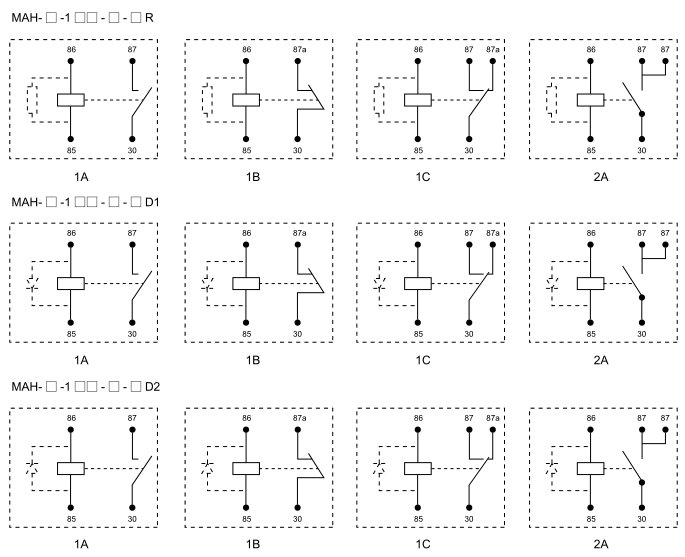understanding relay circuit: the backbone of automation control
Release time:2025-10-20 20:00:38
Relay circuits are essential components in modern electrical and automation systems. These circuits play a crucial role in controlling high-power electrical devices using low-power signals. The relay circuit allows for the safe and efficient operation of many systems, from simple household appliances to complex industrial machinery. This article will delve into the workings, components, and applications of relay circuits, showcasing their importance in various fields.

What is a Relay Circuit?
A relay circuit is essentially an electromagnetic switch that uses an electrical current to open or close a set of contacts. The primary purpose of a relay is to control one electrical circuit by opening and closing contacts in another circuit. This allows a low-power signal to control high-power devices, providing both isolation and control in systems with different voltage levels.
Components of a Relay Circuit
The relay circuit is made up of several key components:
Relay Coil: The relay coil, when energized by an electrical current, creates a magnetic field. This magnetic field activates the relay’s armature, which is a movable part that triggers the opening or closing of the relay’s contacts.

